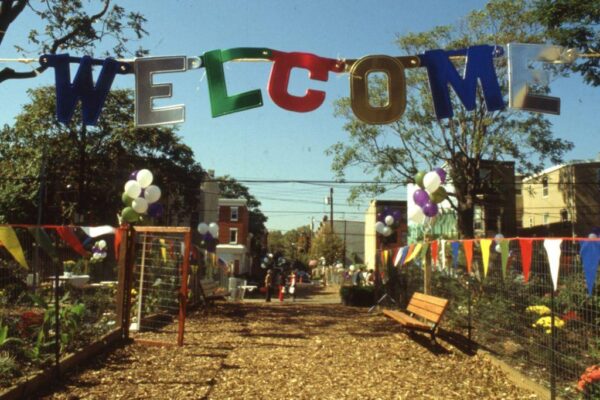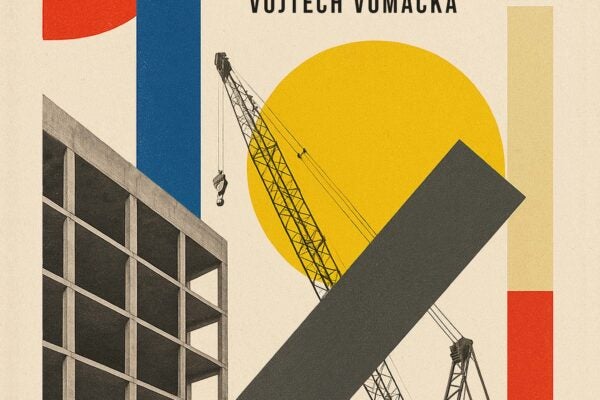
This summer, I participated in researching the digital exhibits landscape as part of ITHAKA’s broader efforts to understand and support the evolving needs of collection stewards. This exploratory process brought together ITHAKA’s community of experts and connections in the field. Through conversations with ITHAKA researchers, and members of the library and archive community, it became clear that digital exhibits—or curated online collections of digital items—represent a critical need that requires a complex solution.
Digital exhibits serve many purposes, including providing access to collections, sharing student and faculty research, and bringing together research communities through new shared ideas. Tools and systems must connect these diverse functions, and meet the needs of existing collection systems and unique users.
A collaborative and community-driven research process
The question arose from current participants in JSTOR Digital Stewardship Services, who expressed an interest in functionality to support digital exhibits. To better understand the space, and potentially support JSTOR Stewardship participants, we began by meeting with ITHAKA researchers from the Stewardship and user experience teams to define our questions and goals.
We sought to identify why institutions are creating digital exhibits, and how JSTOR might be able to support the space. Our kickoff meeting helped frame how JSTOR can listen, and respond to digital exhibits creators throughout the research process.
To start, we developed an online survey to share with the JSTOR community and other organizations ITHAKAns belong to that serve stewards of digital collections. We also conducted informational interviews to gain a wider understanding of the digital exhibits user experience. Internally, we met with ITHAKAns with various areas of expertise, including former special collections librarians and archivists. External library and archive leaders provided further insights, connecting digital initiatives experience with work being done in the JSTOR community.
Conversations with community members revealed nuanced insights into why digital exhibits are created. Exhibits serve an outreach function, sharing institutional history, collections, and research. But beyond the stories and objects, exhibits are important to the broader mission of libraries and archives, as a way to connect with students and researchers through teaching and learning. Digital exhibits create an online resource to share scholarly research and interpretation alongside institutional collections.
Challenges and opportunities in the digital exhibits space
In conversations with Ann Connolly, Senior Product Manager at JSTOR, we discussed the challenges that institutions might face while supporting digital exhibits. Exhibit platforms are valuable because they provide visual and engaging ways to interact with collections, but technical integration and limited budgets are barriers for many institutions. Entering a product space like digital exhibits requires research and understanding of where libraries and archives have the most unmet need.
Insights from Emilie Hardman’s report, “Bridging Capacity and Care: A Field Report on Archives and Special Collections,” reinforced the value of digital exhibits in archival work while also highlighting areas for improvement. Digital exhibits pose no risk to physical objects, and often remain online long after their physical counterparts have changed. At the same time, these tools can contribute to system fragmentation. One institution interviewed for the report noted that while “the digital exhibit platform offered rich, multimedia storytelling tools,” it “lacked integration with the institutional repository,” requiring staff to manually transfer digital objects and metadata between systems, resulting in inconsistencies and duplicated effort.
Emerging community findings
From interviews and survey responses, I learned the many ways the library and archive community use digital exhibits. With exhibits created for different purposes and items, products and platforms offer even more choice and variation. Customization is key for many libraries and archives, who want to make the best showcase for their materials. Whether plotting photographs on a map, integrating oral histories, or even adding word games, librarians and archivists stretch the limits of creativity and engagement for their collections.
Market research into different exhibit tools showcased a variety of approaches across the product landscape. Vendors offer out-of-the-box products ready to integrate with institutional systems, but they’re often costly. Templates and guides for preformatted exhibits help keep most of the exhibit-building work on the narrative and creative production. However, new tools can present a steep learning curve upon adoption. As web design standards evolve, older platforms quickly feel outdated. Transitioning to the latest product or platform can also cause issues with interoperability, moving collections, and knowing what to do with legacy or unsupported exhibit sites.
Each product serves a different need, with some acting solely as a narrative display, while others are entire collection management systems with exhibits as a featured end product. Institutions looking to purchase a digital exhibits product face choosing a major vendor’s generic digital exhibition add-on, or specialized standalone tools.
To keep administrative control over their digital exhibits, many institutions have taken it upon themselves to build what they need with open-source platforms, using their institutional API plug-ins to connect archives and library platforms into an exhibit display. These sites still face preservation issues when staff changes, or institutional systems transition, leaving important exhibit materials behind.
Of the numerous tools for digital exhibits, there is no one-size-fits-all-approach. A tool may connect directly to an archive’s collection at the expense of creative web design, or may have innovative engagement tools, but no way to capture exhibit information back into institutional holdings.
Digital exhibits are in the difficult position of being incredibly important to the library and archival practice, even acting as an institutional goal, but they often lack funding. Grants, creative budgeting, and open-source software, along with the extra time and work of librarians and archivists, keep exhibits online and accessible to the public.
Key takeaways
As evident in the emerging findings of this research, digital exhibits are as unique as the narratives and collections found within them. Whether supporting collections, research, or user engagement, these exhibits share a common mission: connecting people with educational and cultural resources.
Our team would love to hear more about your department’s experience with digital exhibits. If you’re interested in sharing your thoughts, please fill out this 15-minute survey.



